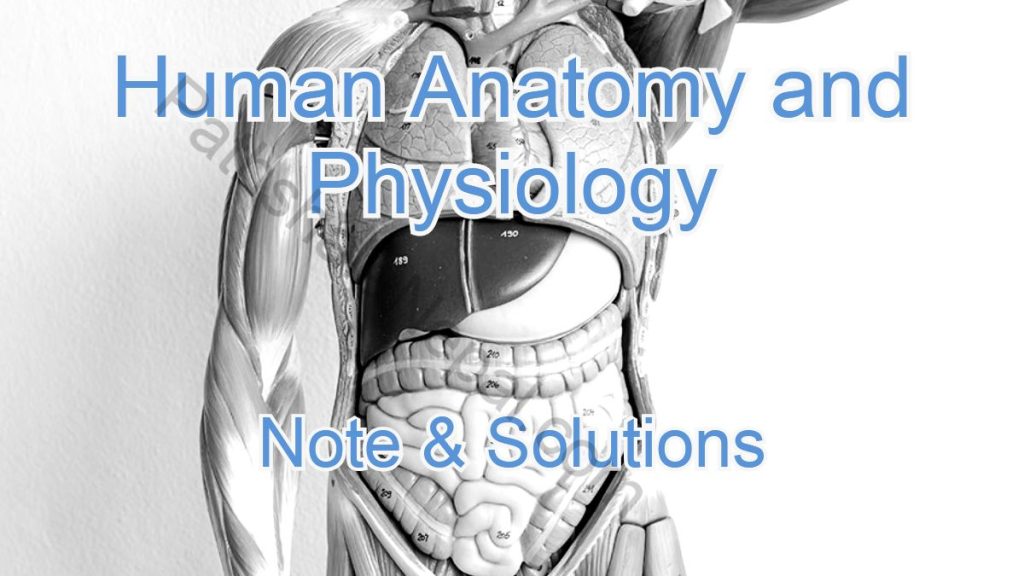Discuss co2 transport.
1 Answer
Gaseous carbon dioxide is produced in large quantities by metabolically-active tissues and diffuses into the bloodstream where it is transported to the lungs for elimination.
Carbon dioxide molecules are transported in the blood from body tissues to the lungs by one of three methods:
- Dissolution directly into the blood: Several properties of carbon dioxide in the blood affect its transport. First, carbon dioxide is more soluble in blood than is oxygen, Roughly 5-10% of carbon dioxide is transported from tissues to the lungs in a simply dissolved dorm, In this process metabolically-generated carbon dioxide gas simply diffuses into local capillaries, travels to the lungs via venous blood, and is exhaled.
- Carried as Bicarbonate ions: Transport of carbon dioxide in a chemically-modified form accounts for nearly 70% of total carbon dioxide transport and is achieved by carbon dioxide conversion to bicarbonate, The process which is responsible for this transport requires multiple steps as detailed below:
- Gaseous CO2 derived from metabolically-active cells diffuses in a dissolved state into the cytosol of erythrocytes present in local capillaries. Erythrocytes possess large amounts of carbonic anhydrase which catalyze the reaction of the diffused CO2 with a molecule of H2O to form carbon acid (H2CO3). It is a normally very slow kinetic process and requires catalysis by erythrocyte carbonic anhydrase to achieve rats viable for carbon dioxide transport. Once generated, carbonic acid spontaneously dissociates into a free hydrogen ion (H+) and bicarbonate (HCO3-).
- The resultant free hydrogen ions appear to be absorbed by the erythrocytic hemoglobin molecule which may promote enhanced oxygen unloading in the periphery. The resultant bicarbonate ion is transported across the erythrocyte membrane into the plasma in exchange for a chloride ion using an electroneutral Bicarbonate-C1 Antiporter. Bicarbonate then travels in venous plasma to the lungs where the above reactions occur in reverse, leading to the generation of gaseous CO2 which is exhaled. Reversal of these reactions in the lungs is enhanced by the presence of high oxygen partial pressures.
- Gaseous CO2 derived from metabolically-active cells diffuses in a dissolved state into the cytosol of erythrocytes present in local capillaries. Erythrocytes possess large amounts of carbonic anhydrase which catalyze the reaction of the diffused CO2 with a molecule of H2O to form carbon acid (H2CO3). It is a normally very slow kinetic process and requires catalysis by erythrocyte carbonic anhydrase to achieve rats viable for carbon dioxide transport. Once generated, carbonic acid spontaneously dissociates into a free hydrogen ion (H+) and bicarbonate (HCO3-).
- Binding to Hemoglobin: Carbon dioxide can bind to plasma proteins or can enter red blood cells and bind hemoglobin. This form transports about 10 percent of the carbon dioxide. When carbon dioxide binds to hemoglobin, a molecule called carbamino hemoglobin is formed. The binding of carbon dioxide to hemoglobin is reversible. Therefore, when it reaches the lungs, the carbon dioxide can freely dissociate from the hemoglobin and be expelled from the body.
Topics from Biology
Related Questions


